
 |
Homebrew Mini-Computer based on Z80 CPU |
armandoacostawong@gmail.com |
http://www.timefracture.org/D16.html
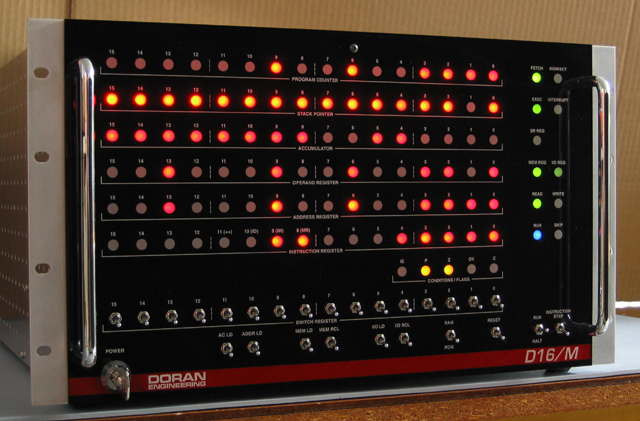
--Quote--
The D16/M is a general-purpose, stored-program, single-address, 16-bit digital computer using two's complement arithmetic. It manages subroutine calls and interrupts using a memory stack. The processor may directly address 64K words of memory or I/O. Its timing and control unit is microprogrammed (fully horizontal, with a 72-bit control word).
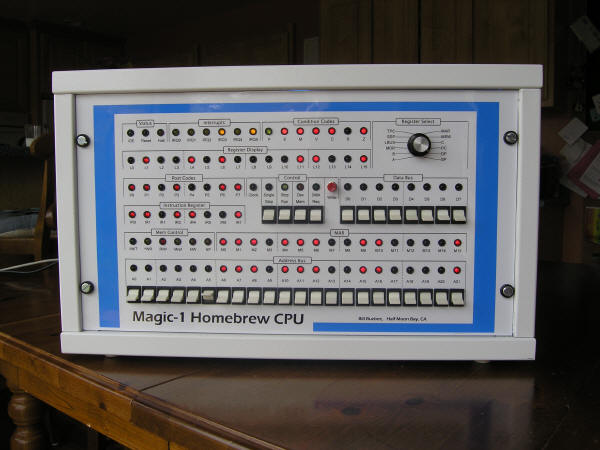
--Quote--
Although the hardware design and construction of Magic-1 usually gets the most attention, the largest part of the project (by far) has been developing/porting the software. To this end, I've had to write an assembler and linker from scratch, retarget a C compiler, write and port the standard C libraries, write a simplified operating system and then port a more sophisticated one. It's been a challenge, but a fun one. I suppose I'm somewhat twisted, but I happen to enjoy debugging difficult problems. And, when the bug you're trying to track down could involve one or more of: hardware design flaw, loose or broken wire, loose or bad TTL chip, assembler bug, linker bug, compiler bug, C runtime library bug, or finally a bug in the program in question there's lot of opportunity for fun. Oh, and I also don't have the luxury of blaming the bugs on anyone else.
I'm continually amazed that the damn thing runs at all, much less runs as well as it does.
http://members.iinet.net.au/~daveb/simplex/simplex.html
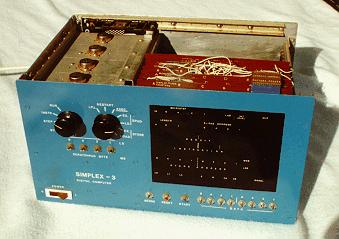
The author, David Brooks, has also founded the "Homebuilt CPUs Web Ring".
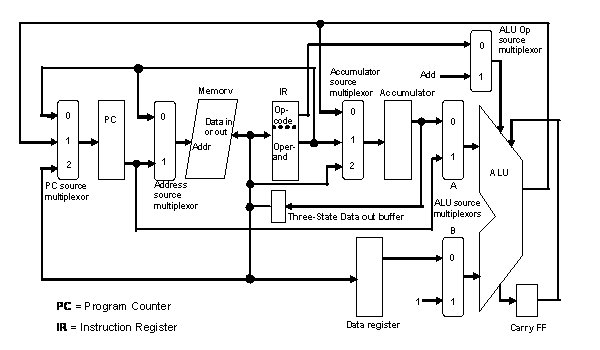
This experimental TTL machine is both simple and elegant in design. It employes a FSM for producing the internal control signals where the states table is not stored in ROM but hard-wrired within the Control circuit.
http://www.pilawa.org/computer/
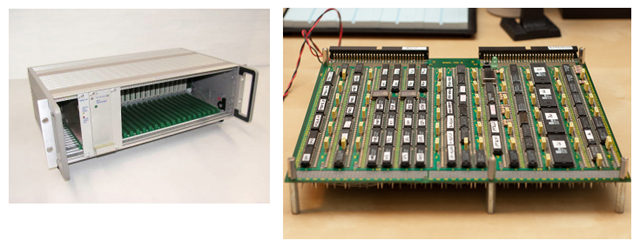
This guy lives in Poland. The machine is pretty insteresting and well documented in the web site.
http://www.bradrodriguez.com/papers/piscedu2.htm
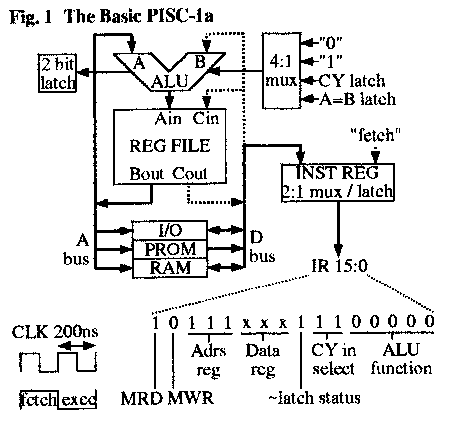
This work (by Bradford J. Rodriguez) is titled "A Minimal TTL Processor for Architecture Exploration". The machine is termed PISC. The paper covers very interesting details on CPU design matters. A list of found limitations is included, very useful for novices... such as my self.
http://klabs.org/history/build_agc/
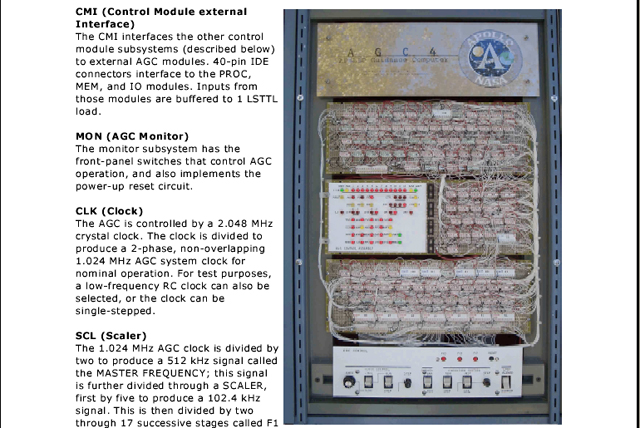
---Quote---
This report describes my successful project to build a working reproduction of the 1964 prototype for the Block I Apollo Guidance Computer. The AGC is the flight computer for the Apollo moon landings, with one unit in the command module and one in the LEM.
Why build an AGC?
Early computers are interesting. Because they're simple, you can (if you like) actually understand the entire computer, from hardware to software.
The AGC is the most interesting early computer because: it flew the first men to the moon and has interesting architectural features.
http://www.ibmsystem3.nl/hjs22/overview.html
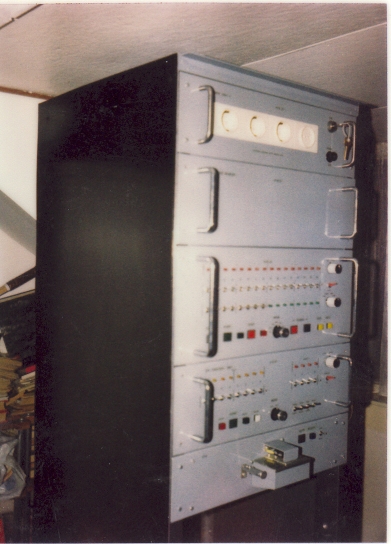
This computer was built between 1975 and 1979, when commercial computers were built like that.
http://www.armandoacosta.com/cpu/
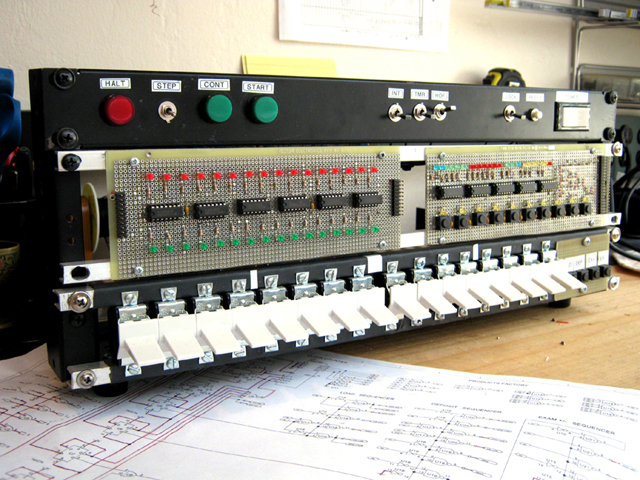
My previous attempt to produce an old-fashioned mini-computer...